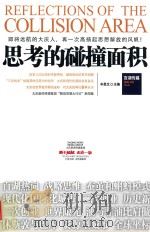《冲突碰撞与趋同下的中西文化》
| 作者 | 祝吉芳编著 编者 |
|---|---|
| 出版 | 未查询到或未知 |
| 参考页数 | |
| 出版时间 | 没有确切时间的资料 目录预览 |
| ISBN号 | 无 — 求助条款 |
| PDF编号 | 820141848(仅供预览,未存储实际文件) |
| 求助格式 | 扫描PDF(若分多册发行,每次仅能受理1册) |
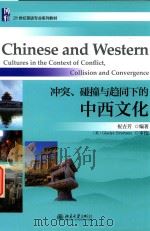
Foreword1
Part ⅠEast and West2
Unit 1Why Contrasting Chinese and Western Cultures?2
Ⅰ Ancient Civilizations and Cultures2
Ⅱ Cross-cultural Comparative Studies in China4
Ⅲ Imperatives for Contrasting Chinese and Western Cultures7
Ⅳ Key Concepts11
Unit 2Traditional Characteristics of Chinese and Western Cultures14
Ⅰ “There Are All Kinds of Birds When a Forest Gets Large”15
Ⅱ Traditional Chinese Cultural Characteristics17
Ⅲ Traditional Western Cultural Characteristics24
Unit 3Affinities Across Cultures29
Ⅰ An Unexpected Affinity30
Ⅱ Reading for More Cultural Affinities30
Ⅲ Key Concepts38
Part ⅡCultural Differences in Silent Languages43
Unit 4Time43
Ⅰ Time in China and the West44
Ⅱ Two Time Modes48
Ⅲ Past-oriented Societies vs.Future-oriented Societies54
Ⅳ Two Time Orientations57
Unit 5Space61
Ⅰ Spatial Language62
Ⅱ Spatial Language and Culture65
Ⅲ Spatial Language and Life71
Ⅳ Changes We Cannot Afford73
Unit 6Smiles,Nods and Silence75
Ⅰ Smiles75
Ⅱ Nods80
Ⅲ Silence82
Part ⅢCultural Differences in Thinking89
Unit 7Intuitive vs.Logical Thinking89
Ⅰ Definitions of Intuitive and Logical Thinking89
Ⅱ Philosophy and Thinking90
Ⅲ Application of Two Thinking Modes94
Ⅳ Impact of Thinking Modes on Writings98
Ⅴ Logic in China and Intuition in the West100
Unit 8Dialectical vs.Analytical Reasoning104
Ⅰ Proverb Preferences Across Cultures104
Ⅱ Dialectical Reasoning105
Ⅲ Analytical Reasoning109
Ⅳ More About Two Reasoning Modes113
Unit 9Holistic vs.Atomistic Visions116
Ⅰ A Detention Room Incident116
Ⅱ Prominent Attributes of Holistic and Atomistic Visions117
Ⅲ Vision and Cognition122
Ⅳ Vision and Language123
Ⅴ Zhengshan Xiaozhong and Lipton Black Tea128
Unit 10Categorizing Objects by Relationships vs.by Attributes131
Ⅰ Two Ways to Categorize One Person132
Ⅱ Principles to Categorize Objects133
Ⅲ How to Categorize Objects and Why135
Ⅳ Impacts of Different Ways of Categorization137
Ⅴ Causal Attribution Differences Arising out of Different Categorization Ways140
Unit 11Non-controllers vs.Controllers143
Ⅰ Too Early to Tell144
Ⅱ Why So Different Stances Towards Life?144
Ⅲ “Being”and“Doing”Cultures149
Ⅳ Manifestations of“Being”Culture and“Doing”Culture153
Part ⅣDifferent Cultural Orientations160
Unit 12The Introvert-oriented vs.the Extrovert-oriented160
Ⅰ Personality Types160
Ⅱ Personality Types of Cultures162
Ⅲ Effects of Personality Types on Pattern Preferences166
Ⅳ A Contrast of Cultural Phenomena171
Ⅴ The Trend of the Introvert-oriented Culture175
Unit 13Collectivism vs.Individualism177
Ⅰ An Embarrassing Habit177
Ⅱ Collectivism and Individualism as Cultural Orientations179
Ⅲ Collectivism and Individualism in Cultural Anthropology183
Ⅳ Collectivist and Individualist Perspectives of“Self”185
Ⅴ Interdependence vs.Independence189
Unit 14Femininity vs.Masculinity193
Ⅰ Gender Traits193
Ⅱ Feminine Chinese Culture195
Ⅲ Masculine Western Culture201
Ⅳ Why So Different?205
Ⅴ The Trend of Cultures and Its Potential Impact208
Unit 15Advocacy of Jing vs.Dong211
Ⅰ Introduction to Two Concepts211
Ⅱ Jing Advocacy of China213
Ⅲ Dong Advocacy of the West221
Ⅳ Differences and Discomforts225
Unit 16Implicitness vs.Explicitness229
Ⅰ “Half a Story”229
Ⅱ Implicitness and Explicitness of Language231
Ⅲ Implicit Chinese234
Ⅳ Explicit Westerners241
Ⅴ High Context vs.Low Context244
Ⅵ “Chicken and Duck Talk”247
Part ⅤDifferent Cultural Standards253
Unit 17Peace vs.Conflict253
Ⅰ Great Names and Different Cultural Standards253
Ⅱ External Factors and Cultural Standards258
Ⅲ Cultural Standards and Their Unique Products260
Ⅳ Better Ways to Know Each Other265
Unit 18Egalitarian and Inegalitarian Distribution268
Ⅰ Hate-the-rich Mentality268
Ⅱ Chinese-style Egalitarianism269
Ⅲ Western-style Inegalitarianism272
Ⅳ Egalitarianism and Inegalitarianism in China and the West274
Unit 19Good vs.Evil Human Nature279
Ⅰ Key Concepts280
Ⅱ Human Nature and Education281
Ⅲ Theorization of Assumptions About Human Nature283
Ⅳ Human Nature Theories and the Rule of Ethics vs.Law288
Unit 20Rule of Individuals vs.Rule of Law290
Ⅰ An Unexpected Complaint290
Ⅱ Rule of Individuals in Traditional Chinese Thought291
Ⅲ Rule of Law in Western Thought296
Ⅳ Rule of Law in China300
Bibliography305
《冲突碰撞与趋同下的中西文化》由于是年代较久的资料都绝版了,几乎不可能购买到实物。如果大家为了学习确实需要,可向博主求助其电子版PDF文件。对合法合规的求助,我会当即受理并将下载地址发送给你。
高度相关资料
-
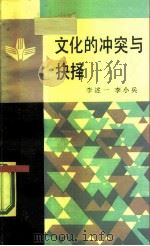
- 文化的冲突与抉择 中国的图景
- 1987 北京:人民出版社
-
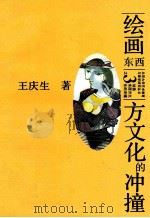
- 绘画东西方文化的冲撞
- 北京大学出版社
-
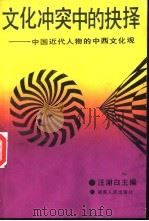
- 文化冲突中的抉择 中国近代人物的中西文化观
- 1989 长沙:湖南人民出版社
-
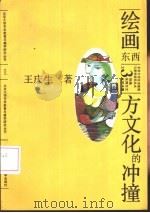
- 绘画 东西方文化的冲撞
- 1991 北京:北京大学出版社
-
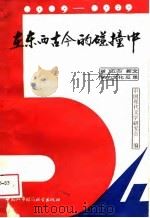
- 在东西古今的碰撞中 对“五四”新文学的文化反思
- 1989 北京:中国城市经济社会出版社
-

- 中西文明的碰撞
- 1996 广州:广东人民出版社;北京:华夏出版社
-
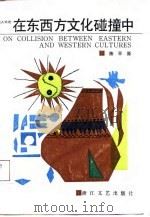
- 在东西方文化碰撞中
- 1987 杭州:浙江文艺出版社
-
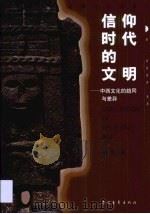
- 信仰时代的文明 中西文化的趋同与差异
- 1999 北京:中国青年出版社
-

- 墨西哥 文化碰撞的悲喜剧
- 1990 杭州:浙江人民出版社
-
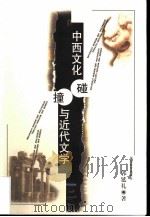
- 中西文化碰撞与近代文学
- 1999 济南:山东教育出版社
-
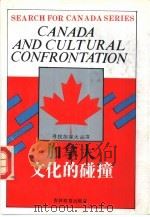
- 加拿大 文化的碰撞
- 1992 长春:吉林教育出版社
-
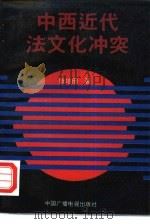
- 中西近代法文化冲突
- 1994 北京:中国广播电视出版社
-
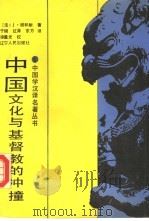
- 中国文化与基督教的冲撞
- 1989 沈阳:辽宁人民出版社
提示:百度云已更名为百度网盘(百度盘),天翼云盘、微盘下载地址……暂未提供。➥ PDF文字可复制化或转WORD

